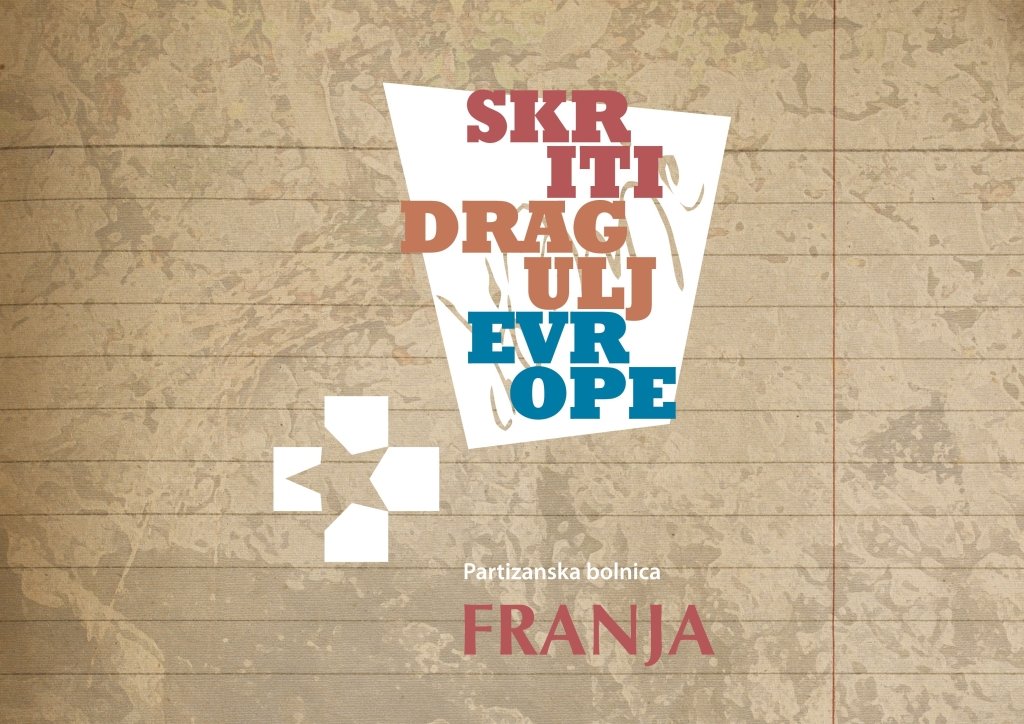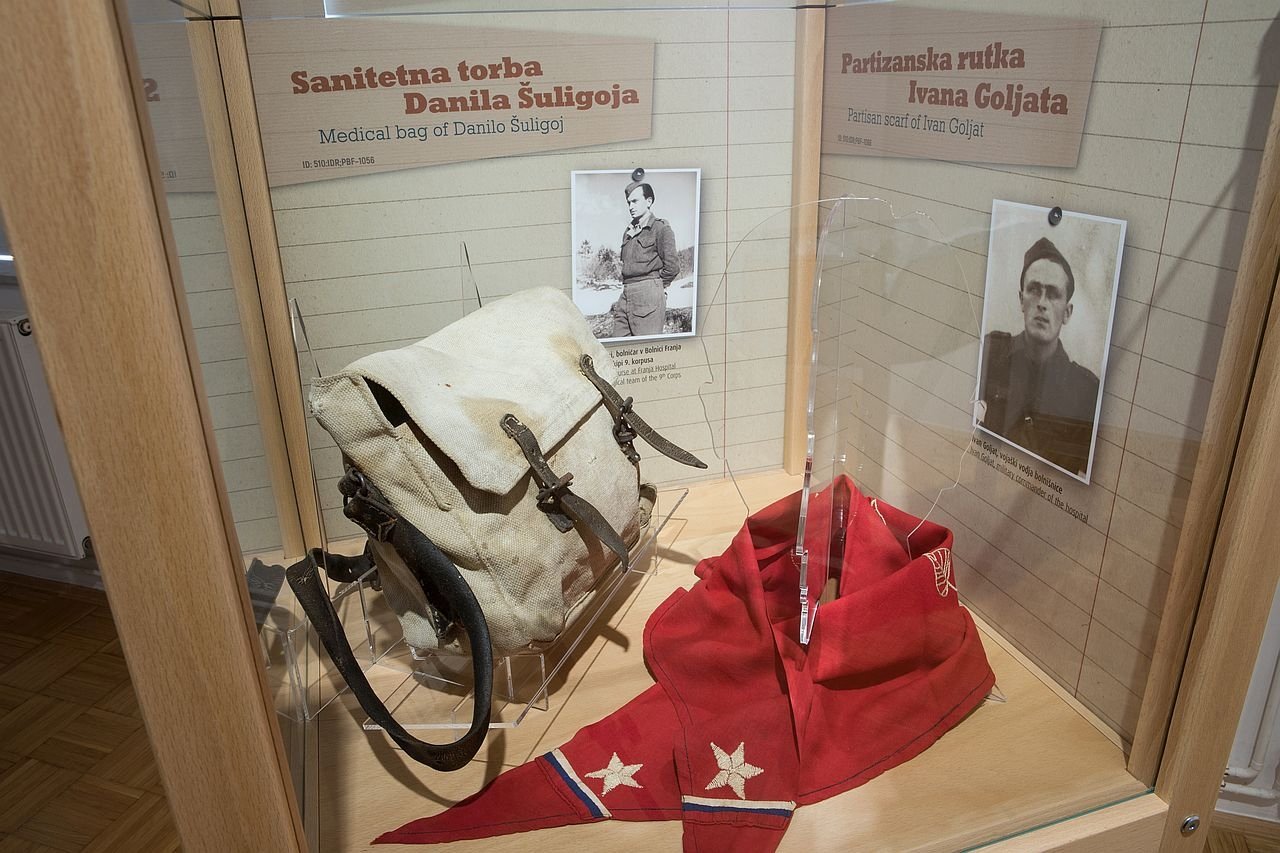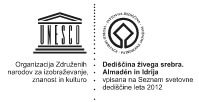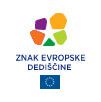The awarded project Franja Partisan Hospital – A Hidden Gem of Europe finished successfully

In 2020, the Idrija Municipal Museum participated at the Council of Europe and the European Commission Call for Stories of European Heritage Days. The story of the Franja Partisan Hospital […]
In 2020, the Idrija Municipal Museum participated at the Council of Europe and the European Commission Call for Stories of European Heritage Days. The story of the Franja Partisan Hospital and its project were awarded a 10,000 € donation. This was spent for the interactive visualisation that is a part of the travelling exhibition Franja Partisan Hospital – A Hidden Gem of Europe, and an accompanying leaflet. The author of the awarded story and the connected exhibition is museum councillor Milojka Magajne, Head of the Cerkno Museum.
Idrija Municipal Museum began realizing the idea of the Franja Hospital travelling exhibition in 2019. We wanted to carry the stories and messages of this unique memorial to humanity to the wider European space. Texts, photos, and video recordings present the activities of the hospital, caring for the wounded, supply of food, medications, and medical supplies, security measures, hospital defence, and the meaning of the hospital in its role of cultural monument today. The visitors learn about this also through the stories of real people – members of hospital staff, the wounded, and the local people living in the immediate vicinity to Franja.

Special attention is given to a selection of objects from the Franja Partisan Hospital collection kept by the Idrija Municipal Museum, as only rare originals have been preserved up to this day. The majority were destroyed in a great flood that damaged the hospital in 2007. Personal belongings recount the stories of individual staff members and the care they took for the wounded. The second selection of objects testifies to the everyday activities in the hospital, to treatments, and to amazing ingenuity and improvisation that were a must in those circumstances. The exhibition panels (50 pieces) compose modules that resemble hospital barracks and will be able to adapt to various exhibition spaces, making every individual exhibition unique.

The exhibition is interactive. This means that certain content on the panels will invite the visitor to explore further. The exhibition also features interactive visualisation or a touchscreen with additional content, texts, audio- and video clips in different languages. The panels are written in Slovenian and English, but the interactive visualisation will also offer content in Italian, German, Croatian, French, and Polish. Accompanying the exhibition is a leaflet in all seven languages.
The design of the exhibition and the leaflet is the work of Barbara Sirk and Žiga Okorn, Uvid.si d.o.o., while the interactive visualisation was made by Nanostudio Grega Lebar s. p.
You can find a video presentation of the exhibition here.
The exhibition will start its tour in the Cerkno Museum and then visit two other stops in this year. Both are collaborations with European Heritage Label institutios. On the International Museum Day, May 18, we plan the opening of the exhibition in the Krapina Neanderthal Museum, Croatia. In September, it will move to the Tolmin Museum. This latter will actually be an exchange: while the Franja Partisan Hospital exhibition is in Tolmin, the Memorial Church of the Holy Spirit exhibition will be hosted by the Nikolaj Pirnat Gallery at the Gewerkenegg Castle in Idrija.
The Franja Partisan Hospital – A Hidden Gem of Europe can be seen on Tuesday, 30 March, and Wednesday, 31 March, from 9 AM to 3 PM. Later dates will be known depending on the epidemiologic situation and communicated on our webpages www.pb-franja.si and www.muzej-idrija-cerkno.si and through social media (FB Partizanska bolnica Franja, FB Mestni muzej Idrija, Instagram Mestni muzej Idrija).
The exhibition is financially supported by the Slovenian Ministry of Culture.
In part (the interactive visualisation, the leaflet), the exhibition has been produced using funds of a Joint Project between the European Union and the Council of Europe. The views expressed herein can in no way be taken to reflect the official opinion of the European Union or the Council of Europe





